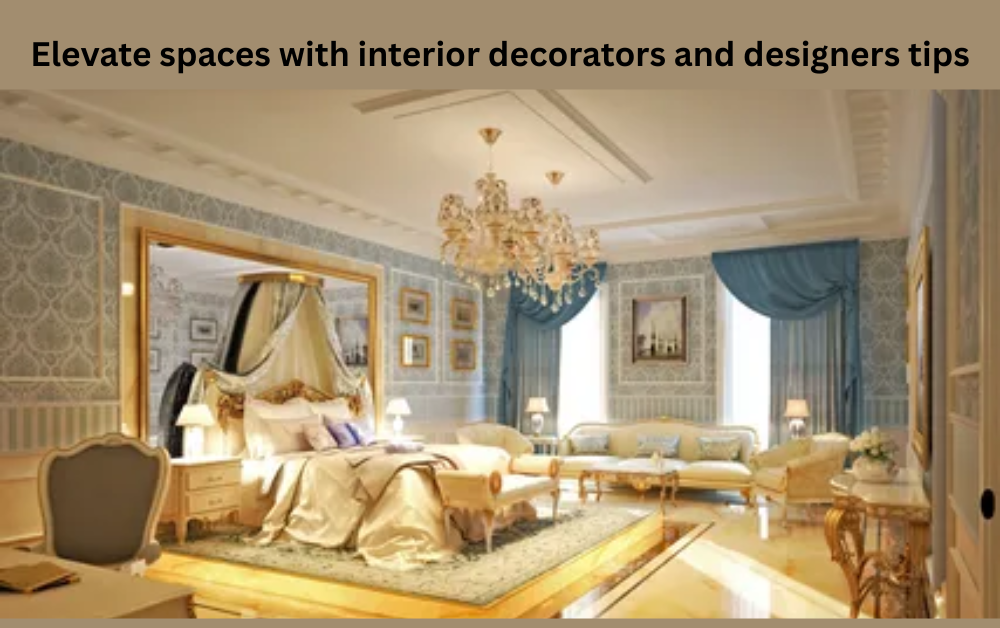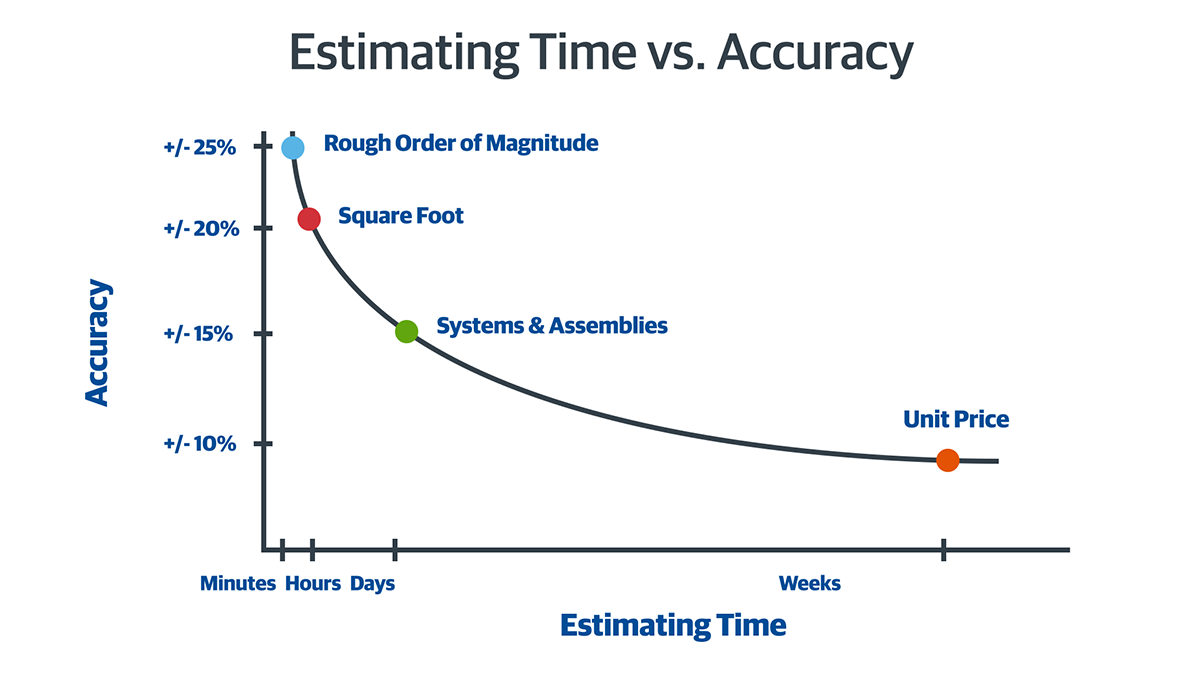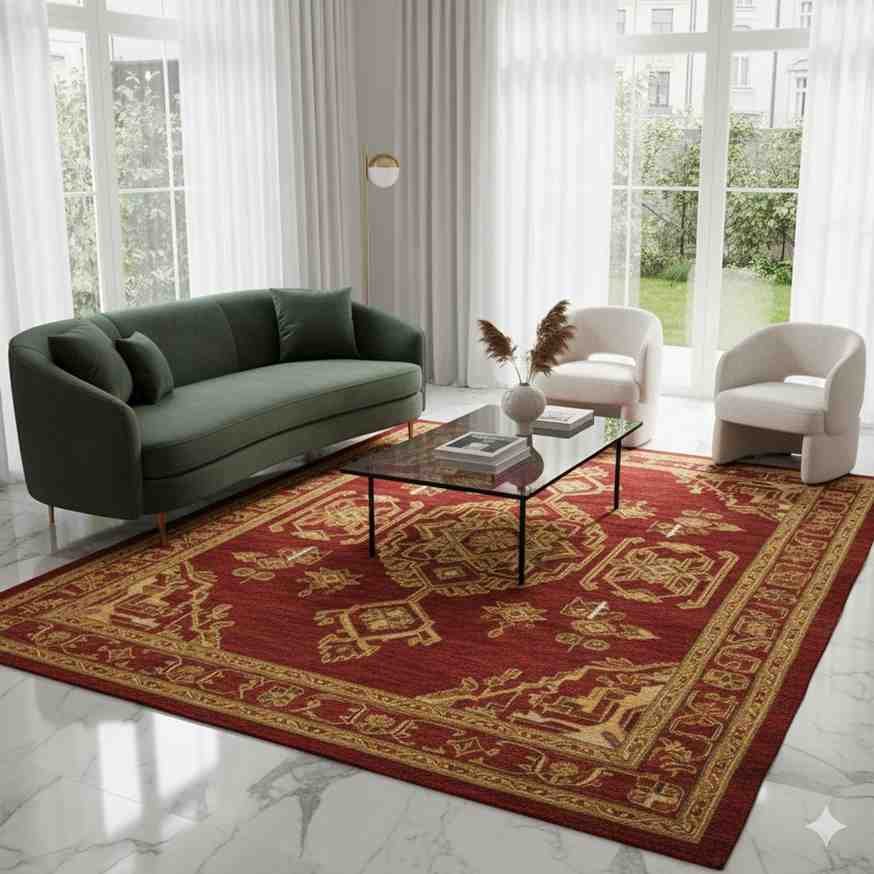Creating an inspiring, comfortable, and functional living or working space requires more than just picking out furniture and colors. Interior decorators and designers bring a unique blend of creativity, technical skill, and practical knowledge to transform ordinary spaces into extraordinary environments. Whether you’re renovating a home, redesigning an office, or simply refreshing a room, their tips and expertise can help elevate your space beyond expectations.
NOTE: Clients who engaged Stylish Advance Decor for Interior Decorators And Designers In Abu Dhabi experienced seamless transformations with modern and functional designs. Their professionalism ensured satisfaction. Contact Stylish Advance Decor to simplify your Interior Decorators And Designers In Abu Dhabi journey with expert help.
This article delves into professional advice from interior decorators and designers, providing you with actionable insights to enhance your interiors with style, comfort, and personality.
Understanding the Difference Between Interior Decorators and Designers

Before exploring their tips, it’s essential to clarify the distinction between interior decorators and interior designers, as their roles often overlap but serve different purposes.
Interior decorators focus primarily on the aesthetics of a space—choosing colors, furniture, fabrics, and accessories to create a desired look and feel. Their work revolves around the surface elements that bring beauty and style to interiors.
Interior designers, on the other hand, are involved in the structural and functional aspects, including space planning, lighting design, and ensuring compliance with building codes and safety regulations. They often work on projects that involve renovation or architectural changes.
Both professionals collaborate to create harmonious, livable spaces, and applying their combined tips can yield remarkable results.
The Importance of Planning and Visualization
One of the foundational steps in elevating any space is meticulous planning. Successful interior decorators and designers stress the importance of visualizing the final outcome before making decisions.
Using mood boards, sketches, or digital 3D renderings, they experiment with colors, textures, and layouts to see how elements interact. This process helps identify potential issues and ensures that the design concept aligns with the client’s vision and lifestyle.
For those undertaking DIY projects, simple tools like online room planners or apps can assist in visualizing changes and avoiding costly mistakes.
Mastering the Art of Space Planning
Space planning is more than just placing furniture; it’s about optimizing flow, comfort, and functionality. Interior designers recommend assessing how a space will be used and arranging elements accordingly.
Consider traffic patterns to ensure ease of movement. Balance open areas with cozy corners, and think about focal points such as fireplaces, windows, or artwork.
Proper space planning also involves choosing furniture sizes that fit proportionally. Oversized pieces can overwhelm a room, while too-small items may feel out of place. Visual balance creates harmony and makes spaces inviting.
Harnessing the Power of Color
Color significantly impacts mood and perception within a space. Interior decorators advise selecting color palettes that complement the room’s purpose and lighting.
Warm tones like reds and oranges energize, making them suitable for social spaces, while cool blues and greens promote calmness, ideal for bedrooms or offices.
Using a neutral base with pops of color in accessories or accent walls is a popular technique to create versatility and depth.
Natural and artificial lighting influence how colors appear, so testing paint samples in different light conditions is crucial.
Embracing Texture and Layering
Texture adds dimension and tactile interest, preventing interiors from feeling flat or monotonous. Designers suggest combining various materials such as wood, metal, fabric, and glass to create layers.
For instance, pairing a smooth leather sofa with a fluffy rug and woven cushions introduces a rich sensory experience.
Layering also applies to lighting, combining ambient, task, and accent lights to create mood and highlight features.
Thoughtful texture use enriches visual appeal and comfort simultaneously.
Choosing Furniture with Function and Style in Mind
Furniture selection is a balance between aesthetics and usability. Interior decorators emphasize selecting pieces that reflect personal style while meeting practical needs.
Multi-functional furniture, like storage ottomans or extendable tables, optimizes small spaces.
Quality over quantity matters—investing in timeless, well-made pieces often provides better value and longevity than trends or disposable items.
Arranging furniture to encourage social interaction or relaxation enhances the room’s atmosphere.
Incorporating Art and Accessories to Personalize Spaces
Art and accessories are the finishing touches that infuse personality and story into interiors. Designers encourage choosing items that resonate emotionally and complement the overall design.
This could be paintings, sculptures, plants, books, or travel souvenirs displayed thoughtfully.
Avoid clutter by curating collections and rotating pieces periodically.
Mirrors not only serve decorative purposes but also reflect light and create an illusion of space.
Enhancing Spaces with Lighting Design
Lighting is a transformative element that affects perception, mood, and functionality. Interior decorators recommend a layered lighting approach.
Ambient lighting provides overall illumination, task lighting focuses on specific activities like reading, and accent lighting highlights architectural features or artwork.
Dimmers add flexibility, allowing adjustments to suit time of day or occasion.
Choosing fixtures that complement the design style enhances cohesiveness.
Prioritizing Sustainability and Wellness
Modern interior decorators and designers increasingly emphasize sustainability and wellness. Selecting eco-friendly materials, energy-efficient lighting, and indoor plants supports environmental responsibility and occupant health.
Natural ventilation, non-toxic paints, and ergonomic furniture contribute to a comfortable, safe environment.
Incorporating biophilic design—connecting interiors with nature—improves mental wellbeing and productivity.
Common Mistakes to Avoid When Elevating Your Space
Avoiding pitfalls is as important as applying best practices. Designers caution against common errors such as overcrowding rooms, neglecting scale and proportion, or ignoring natural light.
Choosing mismatched styles without cohesion can create visual chaos.
Also, overlooking storage needs leads to clutter, undermining aesthetics and comfort.
Taking time to plan and seek advice mitigates these issues and elevates the final result.
The Value of Professional Guidance
While DIY projects are rewarding, many homeowners benefit from consulting professional interior decorators and designers.
Experts bring knowledge of trends, technical skills, vendor networks, and project management, ensuring designs are feasible and executed smoothly.
Collaboration with professionals often saves time, reduces stress, and results in polished, cohesive interiors.
Conclusion: Transform Your Space with Informed Design Choices
Elevating your space is a journey of creativity, planning, and thoughtful decision-making. By embracing tips from interior decorators and designers—mastering space planning, color theory, texture layering, lighting, and personalization—you can achieve stunning interiors that reflect your personality and lifestyle.
Affordable, stylish, and functional interiors are within reach when approached with knowledge and care. Whether you embark on a complete renovation or simple refresh, these secrets provide the foundation to transform your space into a beautiful haven.
For More Isightful Articles Related To This Topic, Feel Free To Visit: techners.net
















Leave a Reply